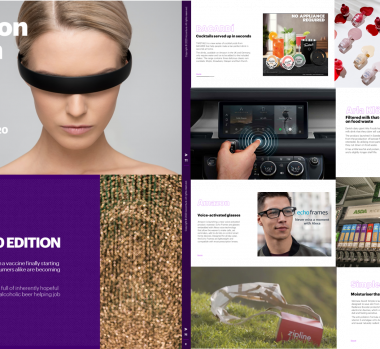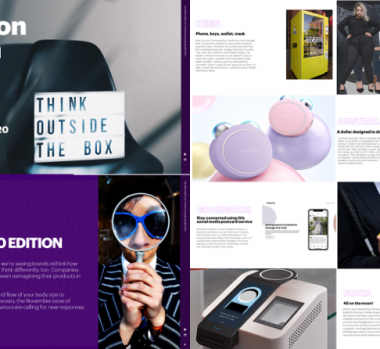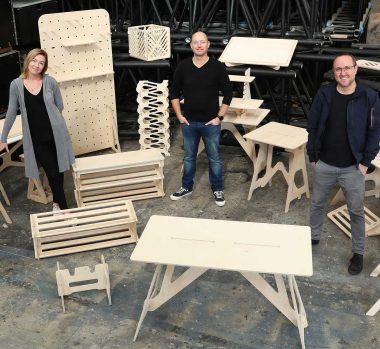Quit while you’re behind
A few months ago I bought a 6 pack of deodorant on special offer from Amazon. The stuff smells horrendous. It’s not just me that hates it; nobody in the gym enjoys the scent of secondary school disco at 8 in the morning. Not once has someone said anything positive about the deodorant, and yet I’m now halfway into the third can. There’s still a long way to go, but I will inevitably make my way through the entire 6 pack – and why? Because it cost me £9.98.
£9.98 might seem like a small price to pay to smell like trash for most of 2018, and the rational decision would be to throw the rest away. The problem is humans are hardwired to avoid loss, a condition that gives rise to the sunk cost fallacy. If you’ve ever forced your way through a dessert that you’ve paid for but didn’t want, you’ll know what I’m talking about. It’s the relentless urge to get your money’s worth, to see something through, to never admit defeat. Instead of making rational decisions based on satisfaction, we irrationally attempt to recoup our investment – something that the last spoonful of crème brûlée cannot do.
We see the sunk cost fallacy playing out across the world of innovation. The most famous example is Concorde, the supersonic passenger airline that was discontinued in 2003. From the beginning experts doubted the commercial viability of Concorde, and yet the British and French governments piled money into the venture trying to salvage the concept. Rising maintenance bills and a lack of demand resulted in sunk costs of more than £6 billion, and the project was eventually abandoned. Whether £9.98 or £6 billion, it can be hard to cut your losses: forget quitting while you’re ahead – it’s quitting while you’re behind that requires real bravery.
Falling foul of the sunk cost fallacy is expensive, time-consuming, and a killer of innovation.
Companies lose resource hand over fist trying to work a project which was never likely to be viable, and realists are often denounced as naysayers and quitters. ?What If!’s unique Experimental Inventing approach confronts the sunk cost fallacy in 2 ways:
Agile Economics
?What If! has developed a number of metrics by which the commercial viability of a project can be measured. These metrics are agile because they can be used at all stages of a project to serve the same purpose; to ensure the team isn’t sinking costs into a project which is unlikely to make money in the long run. Agile Economics de-risks investment by delivering early commercial rationale for the proposed solution. Agile Economics also helps to kill ideas which are unlikely to gain real-world traction, thereby lowering the likelihood of finding yourself in a sunk cost situation.
Falling in Love with the Problem
At ?What If! we talk about falling in love with the problem, and not the solution. When companies become obsessed with a solution, they invest millions to prove that it’s the right strategy. Instead, we’re obsessed with problem, and we use solutions as ways to learn about how that problem should be solved. By keeping our emotional distance from the solution, we protect ourselves from the unconscious bias which drives people to prove something right at all costs. For example, rather than ask, ‘how can we get Concorde to work?’ we might ask ‘how can we get people to their destination faster?’
If you’re worried about the costs of innovation in your business, ?What If! can help. Our market-leading set of tools and behaviours are geared towards cracking innovation challenges quickly and efficiently. If you’re interested in how Experimental Inventing can help you, get in touch now.
Get in touch


